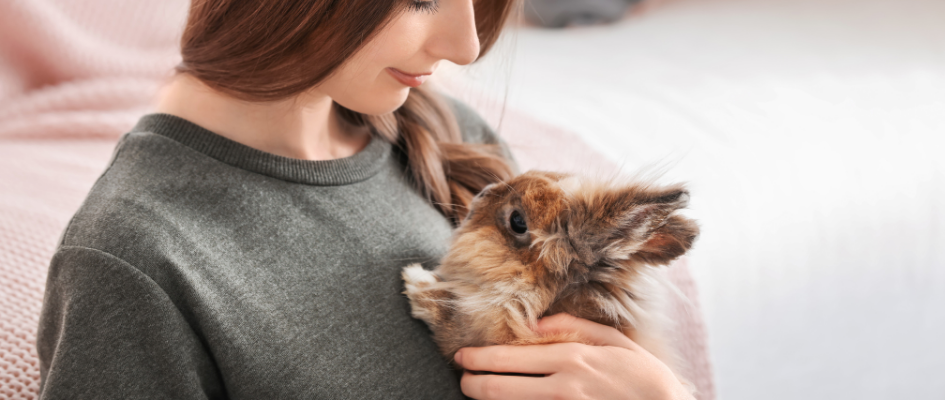Why is it important?
There are several different health and behavioural conditions that entire Buck (male) and Doe (female) rabbits suffer from that can be avoided (or at least minimised) by neutering. In general, a neutered rabbit is actually a happier rabbit… and there are less of them too!
Benefits
- Population Control – Rabbits breed like, well rabbits! In an ideal situation (unlimited food, no predators), in just seven years, a pair of rabbits could produce as many as 184 billion descendants! Of course, such a situation cannot exist in nature, so most of those bunnies would die of starvation or disease. Not only is a neutered rabbit unable to breed, but they lack the desire to and as a result, it isn’t necessary to separate them.
- Increased Wellbeing – If you keep a Buck with a Doe, they’ll breed incessantly. However, if you keep a pair of Does together, they’ll usually fight and a pair of Bucks will fight so much they could kill each other. You may be able to keep two sisters or two brothers in the same pen, but not always. However, if you separate them, they usually pine — rabbits are social animals who need to live in groups. A neutered pair, however, of either sex, usually get along just fine, as the hormones that drive aggression are lost along with their ovaries or testicles.
- Avoiding Behavioural Problems – Aggressive Does and Bucks are known to attack people; Bucks may also attempt to mount any animal that comes their way (including guinea pigs and even cats). Additionally, entire rabbits tend to urine-spray. These are all generally undesirable behaviours that can be minimised or eliminated with neutering.
- Preventing Disease – This is really the clinching factor. While entire Bucks tend to have a shorter lifespan than their neutered brothers, it’s the Does where this is a large issue. Unspayed females are at very high risk of two potentially fatal conditions – uterine cancer and pyometra (infection of the uterus/womb). Once neutered, this risk disappears; and the risk of mammary (breast) cancer is also dramatically reduced.

The procedure for Bucks (the boys)
In Bucks, the procedure is called castration, and involves the surgical removal of both testicles. It’s relatively straightforward, although the open inguinal rings mean that we are especially careful in closing the surgical wound, to prevent a hernia developing.
We’d usually recommend neutering from 10-12 weeks when their testicles have descended and the rabbit will be in for the day and go home the same evening, often with skin glue or internal sutures rather than external stitches, and two empty pouches between his back legs. However, it’s important to keep him away from Does post-op, as he may still have a few sperm “in storage” for up to six weeks!
The procedure for Does (the girls)
In Does, the procedure is called a “spay”, or an “ovariohysterectomy”. It involves the surgical removal of both ovaries and the uterus. We usually clip a patch on the belly and make an incision along the midline; this is usually closed with internal sutures and glue to minimise nibbling!
Does can be spayed from 10-12 weeks however the age of 16-20 weeks is preferred. Neutering over the age of 6-months can increase the risk of pregnancy, and over 9 months the risk of complications. We recommend a pre-neutering consultation with a veterinary surgeon for rabbits over 6 months of age to discuss any concerns and preparations to be considered such as blood tests.
It is easier to administer an anaesthetic to rabbits over 1kg, therefore we may recommend waiting until your rabbit has achieved this weight. In dwarf breeds, your rabbit may never achieve 1kg so the best time to spay will be between 16-20 weeks.
In conclusion…
A neutered rabbit lives a longer, happier and healthier life. As a result, we strongly advise neutering on humane and population grounds, unless you specifically want to keep a rabbit for breeding purposes.
What do I do if I want to know more?
To find out more on spaying or neutering, find details of your local branch, then just contact your local Goddard vet.
